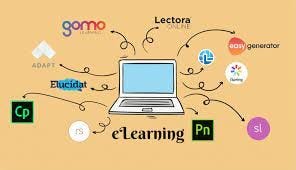E-Learning Localization
The process of translating and customizing training content for certain culture and language is known as eLearning localization. Localization is more than just translation; it entails more effort than just translating content from one language to another.Elearning is a cost- and time-efficient way for businesses of all sizes to train employees and educate customers. Localization allows for this valuable content to be made relevant for all, no matter where they live around the globe.
Elearning significantly reduces the logistical challenges of getting valuable information to those who need it.
If you want to efficiently train new employees and keep everyone in your company up to speed on new policies and procedures, elearning is the way to go.
Elearning also makes it easier to create customer tutorials or keep your customers informed about new product developments.
It’s not always enough to present elearning in a single language, though, especially if you have a global customer base. It’s also not enough to settle for basic translation — elearning localization is a must.
If elearning content isn’t tailored to cultural contexts around the globe, it won’t sufficiently get the message across.
In this article, we’ll take a deeper look at elearning, why it matters, and some best practices for localization.
Elearning: What exactly is it?
Before we get into localization, it’s important to outline exactly what we mean by elearning.
Elearning, short for electronic learning, is the delivery of educational and training materials via digital resources.
The term was coined professionally by Elliott Maisie back in 1999, but elearning delivery has changed a lot over the past two decades. Today, most companies make use of a learning management system (LMS) to execute their courses.
On the trainee side, all you need is a computer or mobile device and an internet connection to participate in video courses, complete online quizzes, and receive the certification that proves you have gone through the process.
continue reading: https://24x7offshoring.com/
#language #translation #digital #management #content #video #culture #elearning #learning #training

Comments
Post a Comment